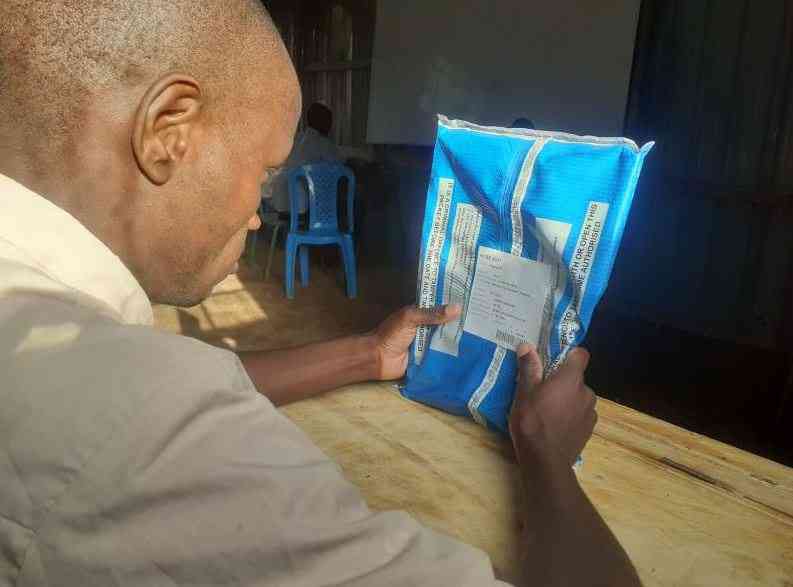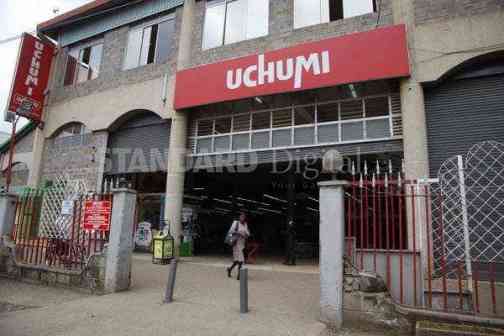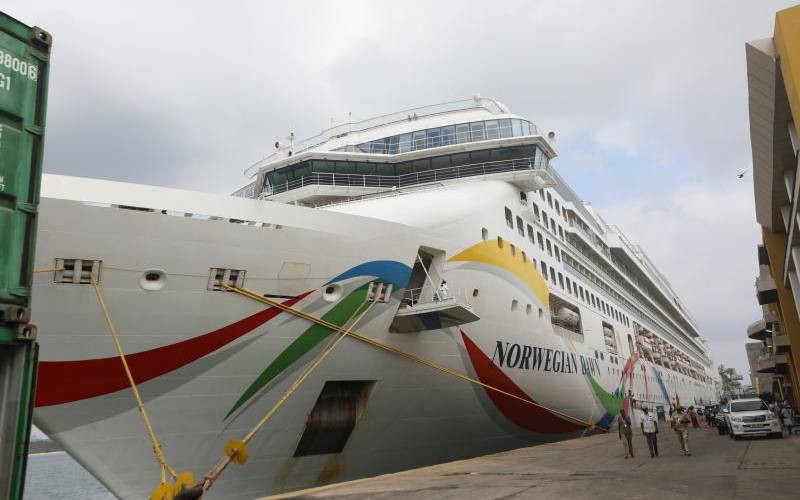This followed the unveiling of interactive digital content that will be used by Standard One and Two pupils in a pilot phase — 10,000 laptops in 150 schools.
The content will be placed on a universal cloud platform for ease of access. This presents significant advantages from a content management perspective. It also means pupils with computers and Internet access at home can retrieve the same resources outside of school hours.
The content will be largely interactive, with animations, video, audio, and so on, and efficient access to it will be key to the initiative’s success.
Video streaming and other real-time interactive services, such are online gaming, are considered bandwidth hogs — they consume significant portions of the Internet pipe on a network.
According to reports, the schools in the pilot phase will all be equipped with a Digital Content Wireless Server and Router (DCWSR).
We presume this will keep a local copy of the content being accessed to avoid multiple downloads. It will also reduce the amount of bandwidth required for participating schools.
However, households accessing the same content will not have the benefit of the DCWSR, and will require at least a 2 megabits per second (Mbps) connection to the universal cloud platform. Households with more than one child will require possibly more.
UNLIMITED DATA
While the rates of connectivity have fallen over the years, courtesy of mobile data bundles, Internet connectivity is still a reserve of urbanites, with a price tag out of reach for many Kenyans.
It also means a 2Mbps connection to the universal cloud platform cannot be accessed using a ‘data bundles’ billing model. It would be too expensive.
The only sustainable model that can successfully complement this initiative is broadband Internet access with affordable unlimited data plans for all households. In other words, over 2Mbps for less than Sh3,000 per month.
Six years before the submarine fibre cable arrived in Kenya, 1Mbps of international Internet capacity cost about $3,000 (Sh303,750) compared to today’s cost, which is well below $100 (Sh10,125). So why have the cost benefits not been fully passed on to end users?
According to operators, the cost of backhaul capacity between cable stations and cities, towns or locations closer to customers remains high.
The costs associated with building and maintaining backhaul fibre — whether through rights of way, licensing fees, associated risks or a general lack of laws that penalise the destruction of infrastructure — means an operator ends up spending a lot of money keeping the fibre operational, not on its expansion.
The total of these associated risks on this single investment is ultimately passed on to the end consumer.
So how do we change this? The last couple of years have recorded significant developments at the Kenya Internet Exchange point (KIXP). The KIXP has successfully managed to have almost all local and a growing number of regional and international service providers exchange Internet traffic between their respective customers at no cost to each other. This model is called peering — the most widely used interconnection model on the Internet.
This has meant that service providers in Kenya have become innovative by having commonly accessed international content stored locally using ‘caches’. Service providers have partnered with international content providers to have their caches in country, improving end-user experiences.
THE BENEFITS
The benefits of increasing locally accessible traffic is that when at least 50 per cent of customer traffic is local, service providers only need to look for 50 per cent of international access.
The result? A 50 per cent saving that enables them offer better experiences, performance and pricing.
In reality, we are still far from 50 per cent locally accessible Internet content.
So how do we get to there?
In my estimation, currently 20 per cent or more of total Internet traffic is destined for well-known large content providers, like Facebook and Twitter. Most of these content providers have edge solutions that can be localised and shared through peering at the KIXP.
Further, e-Government services, such as iTax, when fully operational can provide 10 per cent of locally accessible content. E-business and other back-end services hosted by local cloud services and supported by the .ke domain can constitute another 10 per cent.
Lastly, academic and research content, which includes the digital learning platform, can make up the remaining 10 per cent.
Any successful local application or website could easily propel local usage beyond 50 per cent, which would be even better.
On the supply side, it would be wise to consider investing in passive infrastructure, where county governments build ducts and all service providers do is blow their fibre into them, reducing investment costs to just labour and licensing. This would open up more areas to high-speed Internet, impacting the entire ecosystem.
Localising content means investing in growing the usage of local content within the country by supporting local content innovation. In turn, the network effect would outweigh backhaul issues, and move the focus to investments in Last Mile connectivity.
The writer is regional development manager for Africa, Internet Society.
 The Standard Group Plc is a multi-media organization with investments in media
platforms spanning newspaper print operations, television, radio broadcasting,
digital and online services. The Standard Group is recognized as a leading
multi-media house in Kenya with a key influence in matters of national and
international interest.
The Standard Group Plc is a multi-media organization with investments in media
platforms spanning newspaper print operations, television, radio broadcasting,
digital and online services. The Standard Group is recognized as a leading
multi-media house in Kenya with a key influence in matters of national and
international interest.
 The Standard Group Plc is a multi-media organization with investments in media
platforms spanning newspaper print operations, television, radio broadcasting,
digital and online services. The Standard Group is recognized as a leading
multi-media house in Kenya with a key influence in matters of national and
international interest.
The Standard Group Plc is a multi-media organization with investments in media
platforms spanning newspaper print operations, television, radio broadcasting,
digital and online services. The Standard Group is recognized as a leading
multi-media house in Kenya with a key influence in matters of national and
international interest.










